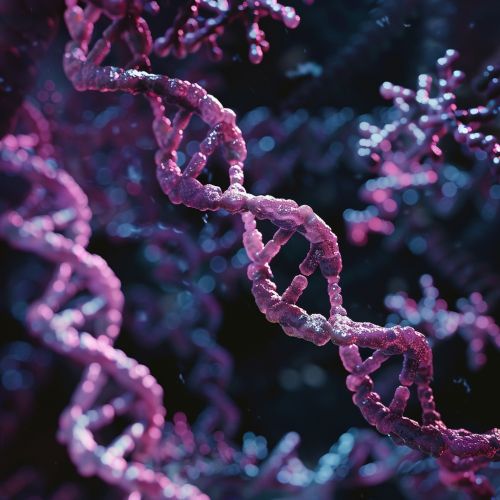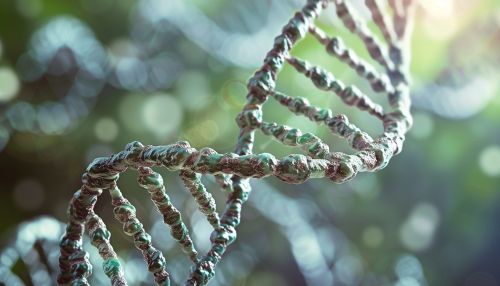Unprocessed pseudogenes
Introduction
Unprocessed pseudogenes are a specific type of pseudogene that have not undergone the RNA processing steps typically associated with gene expression. These pseudogenes are genetic sequences that resemble functional genes, but are typically non-functional due to various mutations or genetic disruptions. Unprocessed pseudogenes are unique in that they are direct copies of their parent genes, including both exons and introns, and are not processed to remove introns as in typical gene expression.


Formation and Characteristics
Unprocessed pseudogenes are formed through a process known as retrotransposition. This process involves the reverse transcription of an mRNA molecule back into DNA, which is then inserted randomly into the genome. The key characteristic of unprocessed pseudogenes is that they lack the post-transcriptional modifications seen in their parent genes. This means that they retain introns and lack polyadenylation signals, which are typically removed or added during the RNA processing steps of gene expression.
Identification and Classification
Identifying unprocessed pseudogenes can be a complex task due to their similarity to functional genes. However, there are several key characteristics that can be used to distinguish them. These include the presence of premature stop codons, frameshift mutations, and the absence of a promoter region. Additionally, unprocessed pseudogenes are often found in regions of the genome that are different from their parent genes, further aiding in their identification.
Role and Significance
While unprocessed pseudogenes are typically non-functional, they can have significant impacts on the genome and the organism. For instance, they can act as decoys, drawing away regulatory elements from their parent genes. This can result in changes in gene expression and potentially contribute to disease development. Additionally, unprocessed pseudogenes can contribute to genetic diversity and evolution, as they can potentially be reactivated or co-opted for new functions.
Unprocessed Pseudogenes and Disease
There is growing evidence linking unprocessed pseudogenes to various diseases, particularly cancer. For example, the pseudogene PTENP1, a copy of the tumor suppressor gene PTEN, has been found to be deleted or downregulated in several types of cancer. This suggests that unprocessed pseudogenes can play a role in disease development and progression, and highlights the need for further research in this area.
Future Research Directions
The study of unprocessed pseudogenes is a rapidly evolving field, with many questions still to be answered. Future research will likely focus on further elucidating the mechanisms of pseudogene formation and function, as well as their role in disease. Additionally, the development of new techniques for the identification and classification of unprocessed pseudogenes will be crucial for advancing our understanding of these intriguing genetic elements.
